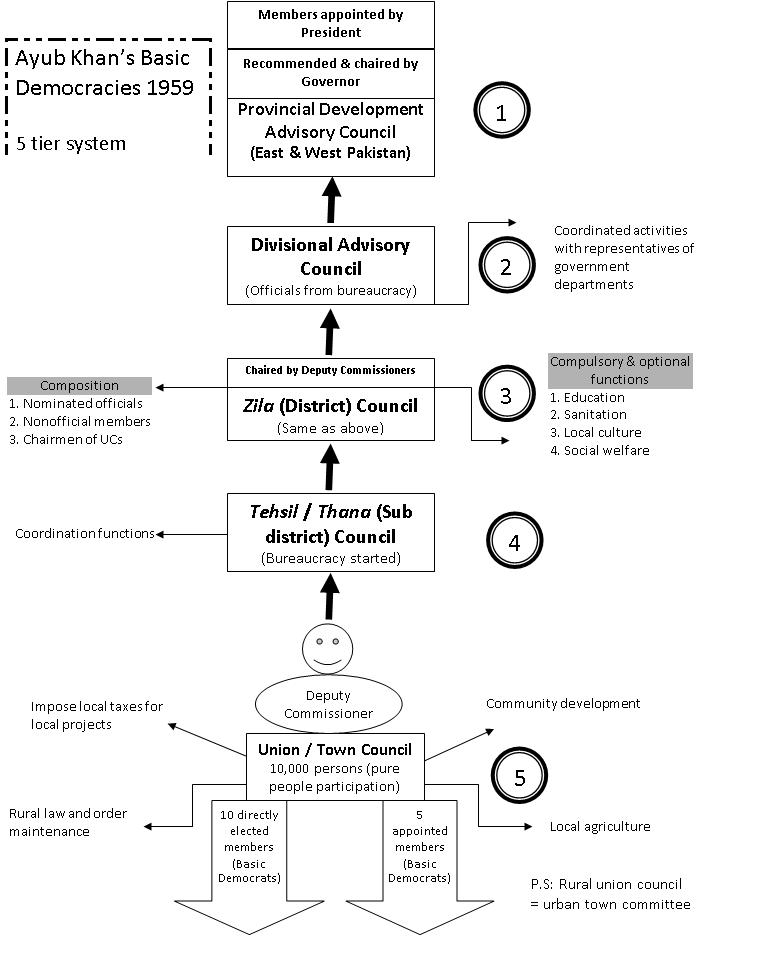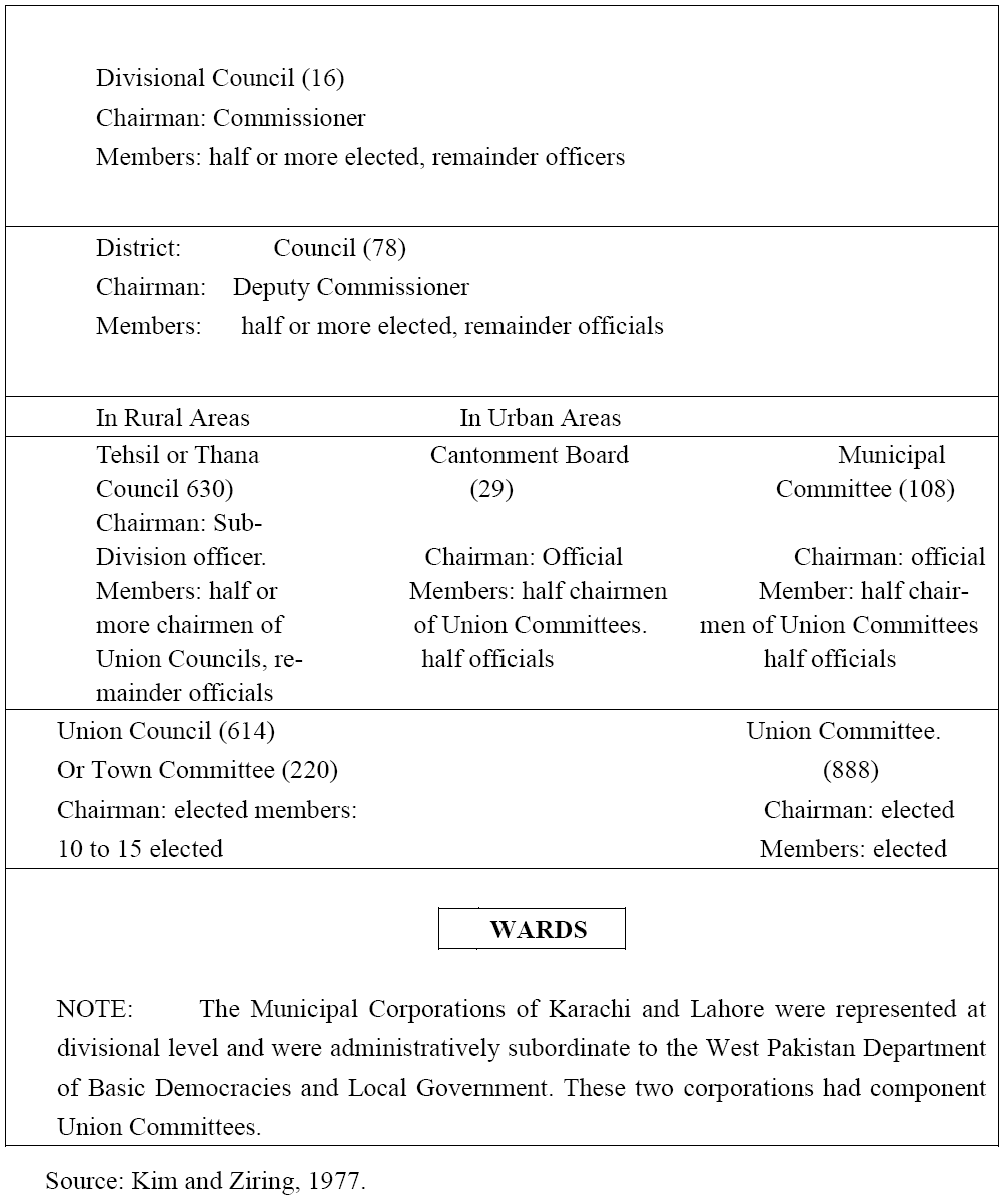The policies of a powerful state never consented to the unveiling of the truth.
VER the decades, Dawn has come to be known as ‘the paper of record’. This is not without reason. Although historians seldom regard newspapers as primary source material, since the early years of Pakistan’s creation, extraordinary efforts have been put in by Dawn’s editors to cover as much as possible of national and international events. Before the advent of the internet this newspaper used to regularly publish the text of most landmark court judgements, speeches by leaders and important gazette notifications. This renders its archives a unique and rich research resource.
But to be considered a paper of record, more than news coverage is required. The contextualisation of developments through editorials and analyses is also important. Were Dawn’s editors able to faithfully cover the news and analyse it? Indeed, were they allowed to do this? They certainly strove to do all they could. But I doubt that they were able to record many crucial events in this country’s chequered history.
DISTORTED HISTORY

There were already pressures on the media, exerted by civilian set ups in the early years. Matters worsened when the country came under direct military rule. Military rulers, including Gen Ayub Khan and Gen Ziaul Haq, had no tolerance of a free press and little appetite for dissent.
Draconian laws such as the Press and Publications Ordinance, 1960, direct and indirect censorship, detention of journalists, and the banning of various publications all contributed to the muzzling of the press. These were phases when truthful reporting was considered almost a crime — sometimes even treated as one. So, the archives of Dawn — though one of Pakistan’s most valuable assets — do not do full justice to history.
Even a cursory look at some of the newspaper’s old files indicates that either some events went unreported, or were presented in a distorted form. For instance, going through the reports of those times, it is difficult to make out that young communist leaders Hassan Nasir and Nazeer Abbasi died of torture (during the tenures of two different military regimes). It would also be difficult to determine the number of political opponents behind bars during Gen Zia’s time, or how many insurgents were extra-judicially eliminated during various periods of the Baloch insurgency. Or even to know the details of Zulfikar Ali Bhutto’s execution.
These are some of the missing pages of history. The policies of a powerful state never consented to the unveiling of the truth.
PRE-CENSORSHIP AND ‘PRESS ADVICES’
When I joined the profession, Gen Zia’s martial law rule was at its height. Hundreds of political opponents were behind bars. Scores of journalists were quartered in prisons, and several publications banned. The regime regarded the free press as one of its biggest enemies.
Curbs on the media in the form of the notorious ‘press advice’ system run by the military-controlled information ministry were already de rigueur. Soon direct censorship was in place. Under martial law regulations, all newspapers were to be vetted; the entire content of the paper was to be approved before printing.
One of my duties was to occasionally take the copy of The Star, the Karachi newspaper for which I worked, to the censor’s office. The memory is difficult to erase. The semi-literate officials behaved like butchers. Any news item even remotely critical of the government or the military, or that concerned opposition politicians, was ripped out.

On occasion, even routine crime stories were removed if the officer thought it put the military regime in a bad light. At one point, an entire edition of The Star was confiscated because it carried a photograph of a wedding where Benazir Bhutto was one of the guests.
Within the first two weeks of the promulgation of the censor order, Dawn, its sister publication The Star, and many other newspapers had begun leaving blank spaces that indicated the removal of news items or editorials; it was clear that what was being printed was not the complete picture.
The response of the regime was to prohibit newspapers from leaving blank spaces. The spaces left by the censored news items needed to be filled with innocuous material, making newspapers even less truthful. This tragedy was compounded when, later, some overzealous civil servants decided to either mark as ‘classified’ and then hide the official archives of news stories and editorials censored over the years or destroy them completely, thus leaving no evidence of what the newspapers had attempted to report.
SYSTEMATIC CONTROL
Military rulers were not the only ones to muzzle the media. Elected prime minister Zulfikar Ali Bhutto also had little tolerance for criticism. His period witnessed many journalists being jailed and publications banned. However, the foundation for the systematic control of the media was laid during Ayub Khan’s period in the form of the controversial Press and Publications Ordinance, 1963.
His attempt to turn Pakistan into a praetorian state left little room for a free press. The government not only assumed ownership of several progressive newspapers, it also subjected others to the worst kind of curbs. Sadly, some newspapers and their editors — due to either pressure or out of conviction — saw in Ayub an enlightened military ruler, and unconditionally supported many of his policies. The real casualty was the independent media.
Gen Yahya Khan’s rule is also a dark chapter in the history of press freedom. Together with the media blackout of the events leading to the country’s dismemberment and the creation of Bangladesh, the front pages of most Pakistani newspapers of Dec 17, 1971 — the day after East Pakistan was lost — are a sad reminder of the kind of press curbs that existed.
Dawn’s own banner headline read, ‘War till Victory,’ based on Yahya Khan’s address to the nation. Tucked away was the real news of the day, in a mere double-column spread and restricted to a couple of sentences. With the vague headline, ‘Fighting ends in East Wing’, the officially cleared report from Rawalpindi read: “Latest reports indicate that following an arrangement between the local commanders of India and Pakistan in the Eastern theatre, fighting has ceased in East Pakistan and Indian troops have entered Dacca.”
This, and nothing more, was the news that was allowed to reach citizens to inform them that Pakistan had lost its eastern wing.
Various forms of pressure on the media have existed in Pakistan since the early years of its independence.
As far back as 1953, the then Dawn editor, Altaf Husain, became so frustrated that in one edition, he left blank the space for the editorial.

At the bottom of where the column should have been published, the following lines were scrolled in his own hand: When the truth cannot be freely spoken, and patriotism is held almost a crime, this editorial space is left blank on Quaid-i-Azam’s birthday, to speak more eloquently than words.
FREE ONLY IN NAME
If truth was in short supply earlier, things are not very different today. True, the media can take a critical view of an elected government, scrutinise its policies and expose its corrupt practices. The uncontrolled debate on political issues witnessed on dozens of privately owned television networks, and in large sections of the print media, is testimony to this fact.
This is no mean achievement. However, it is also true that during this period the state (or certain segments of it) have not only become more powerful, but have also adopted innovative methods to keep the media — or large sections of it — on a tight leash.
Scratch beneath the surface, and you’ll discover that the number of no-go areas in terms of reporting has increased — phenomenally. As the tentacles of the segment of the establishment that some refer to as the ‘deep state’ spread, the monster is escaping honest scrutiny.
The demands are unending: ‘Do not report on what’s going on in restive Balochistan’; ‘do not question the claims of casualties in incidents linked to religious extremists or suspected terrorists’; ‘it’s not a good idea to raise the issue of enforced disappearances’; and ‘there’s absolutely no need to highlight extra-judicial killings’. Even reports on differences between the government and security officials on handling militancy are unacceptable — as demonstrated by Dawn’s story of Oct 6, 2016written by Cyril Almeida. Such reports may, and often will, be categorised as a national security breach.
Media that follows these instructions is called ‘patriotic.’ The few who dare to raise their voice are subjected to the worst treatment, including vicious campaigns at the hands of social media trolls.
Recently, such unwritten rules have been extended to areas that have little to do with national security, for example highlighting corruption in commercial enterprises including the National Logistics Cell or Defence Housing Authority. These even extend to critical reviews of ‘sponsored movies’. In a new push for a self-designed ‘national narrative’, critical reporting on all such issues is being made synonymous with ‘unpatriotic behaviour’. The result is a submissive media, mostly indulging in involuntary or voluntary self-censorship — far more deceptive and damaging than direct censorship.
EMERGENT THREATS
Attempts to curb truthful journalism are not simply confined to the news-amending activities of state institutions. Another major anti-media player to have emerged is the unnumbered army of violent extremists. If the seeds of strong-armed tactics were sown by the MQM in the 1980s, such methods are now being openly employed by sections of Baloch insurgents and, more violently, by various factions of the Islamist militants.
Caught between the narrative being promoted by the military and the militants, it is almost impossible to expect any district correspondent in Balochistan or Fata to report objectively. With scores already being punished for their ‘crimes’, and many other journalists quitting the profession, no editor would dare ask these correspondents to report objectively.
And then there are commercial interests that continue to force the media, or at least a large section of it, into submission.
Successive governments have used the advertising budget at their disposal as a tool to project their activities, or to have stories killed. Imbued with a similar passion, large commercial enterprises use the leverage of their huge advertisement potential to put pressure on newspapers that dare to expose the scandals they are found involved in. On occasions, Dawn has lost hundreds of millions of rupees in advertising revenues, and continues to do so, because the government or some sections of it, or certain big commercial enterprises, is not happy with the newspaper’s coverage.
Today’s Pakistan may not be a praetorian state, but the desire of some state institutions to transform it into one persists. The powerful state is simply not prepared to accept that a free press is crucial to the orderly evolution of a democratic society.
Unfortunately, the proponents of a praetorian state have failed to draw a distinction between truthful journalism and propaganda and fake news.
Journalism is not free speech. In fact, it is constrained expression. Journalism works within a set of values, the most essential of these being truthful, fact-based, impartial and accountable reporting. And that is what Dawn has always stressed on, having now established even a ‘Readers’ Editor’, or an internal ombudsman, to curtail violations of ethical practices.
Where it’s true that due to years of censorship and other restrictions, Dawn may not always qualify as a paper of record, it is still the closest such entity. As the struggle to achieve unfettered freedom continues, one can only hope that despite all the constraints and pressures, this newspaper will live up to the challenges by refusing to compromise on the standards it has helped set for ethical and truthful journalism in the country.
The writer is Editor, Dawn
https://www.dawn.com/news/1352579/the-missing-pages-of-history-70-years-of-pakistan-and-dawn



